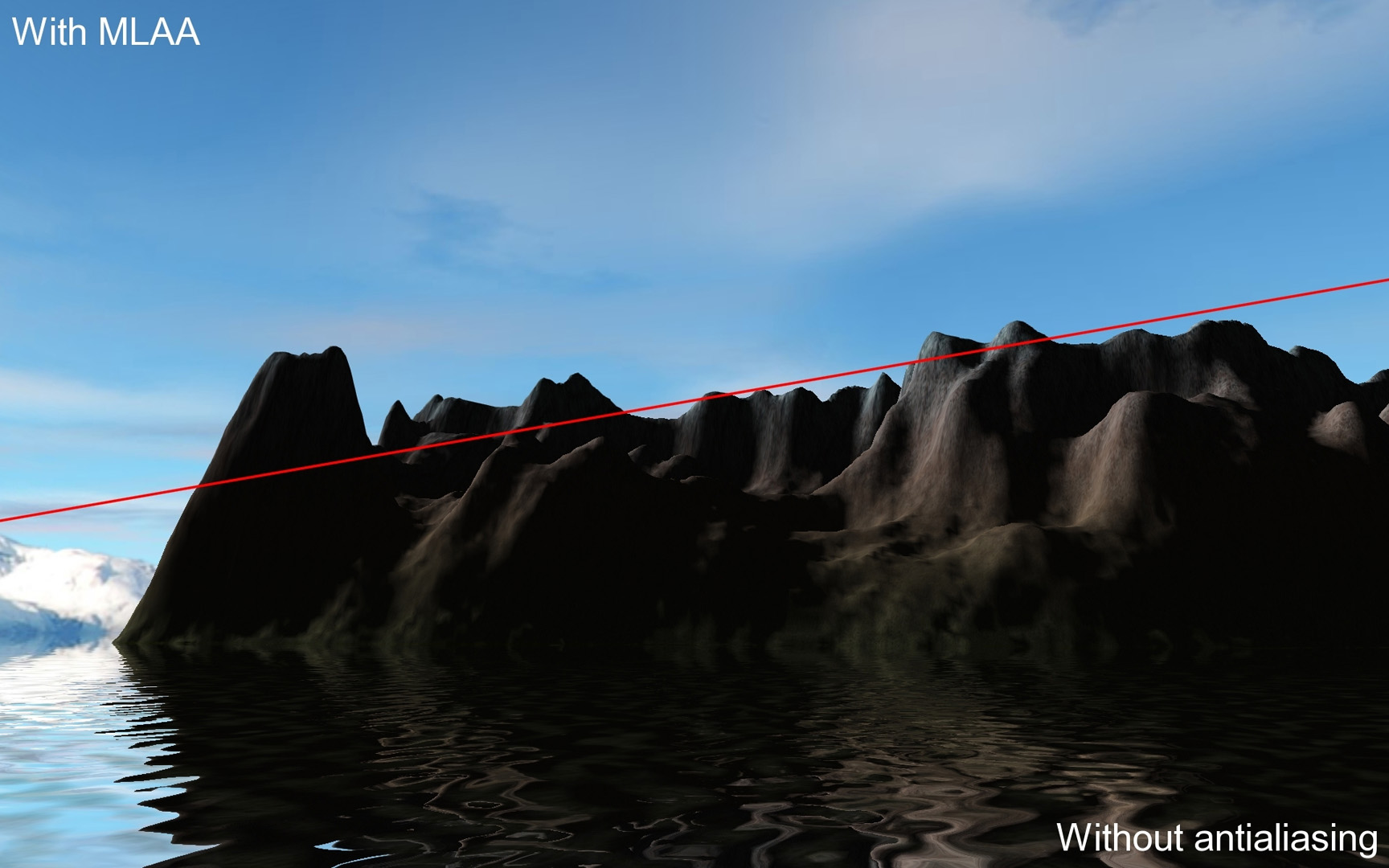“Practical morphological antialiasing on the GPU” by Biri, Herubel and Deverly
Conference:
Title:
- Practical morphological antialiasing on the GPU
Session/Category Title: Games & Real Time
Presenter(s)/Author(s):
Abstract:
The subject of antialiasing techniques has been actively explored for the past 40 years. The classical approach involves computing the average of multiple samples for each final sample. Graphics hardware vendors implement various refinements of these algorithms. Computing multiple samples (MSAA) can be very costly depending on the complexity of the shading, or in the case of raytracing. Moreover, image-space techniques like deferred shading are incompatible with hardware implementation of MSAA since the lighting stage is decorrelated from the geometry stage. A filter based approach called Morphological Antialiasing (MLAA) was recently introduced [2009]. This technique does not need multiple samples and can efficiently be implemented on CPU using vector instructions. However, this filter is not linear and requires deep branching and image-wise knowledge which can be very inefficient on graphics hardware. We introduce an efficient adaptation of the MLAA algorithm running flawlessly on medium range GPUs.
References:
1. Hensley, J., Scheuermann, T., Coombe, G., Singh, M., and Lastra, A. 2005. Fast summed-area table generation and its applications. In Computer Graphics Forum, vol. 24, Citeseer, 547–556.
2. Iourcha, K., Yang, J., and Pomianowski, A. 2009. A directionally adaptive edge anti-aliasing filter. In Proceedings of the 1st ACM conference on High Performance Graphics, ACM, 127–133.
3. Reshetov, A. 2009. Morphological antialiasing. In Proceedings of the 2009 ACM Symposium on High Performance Graphics.





